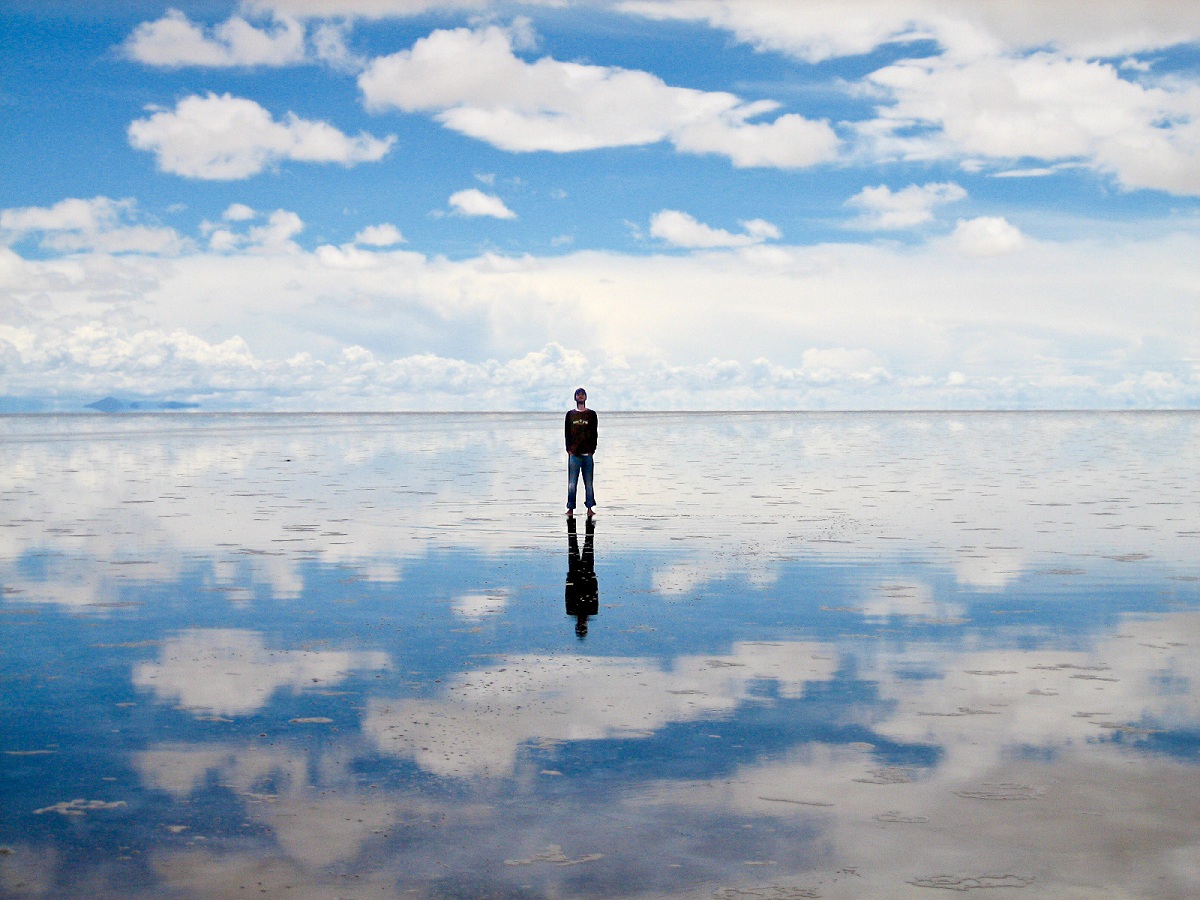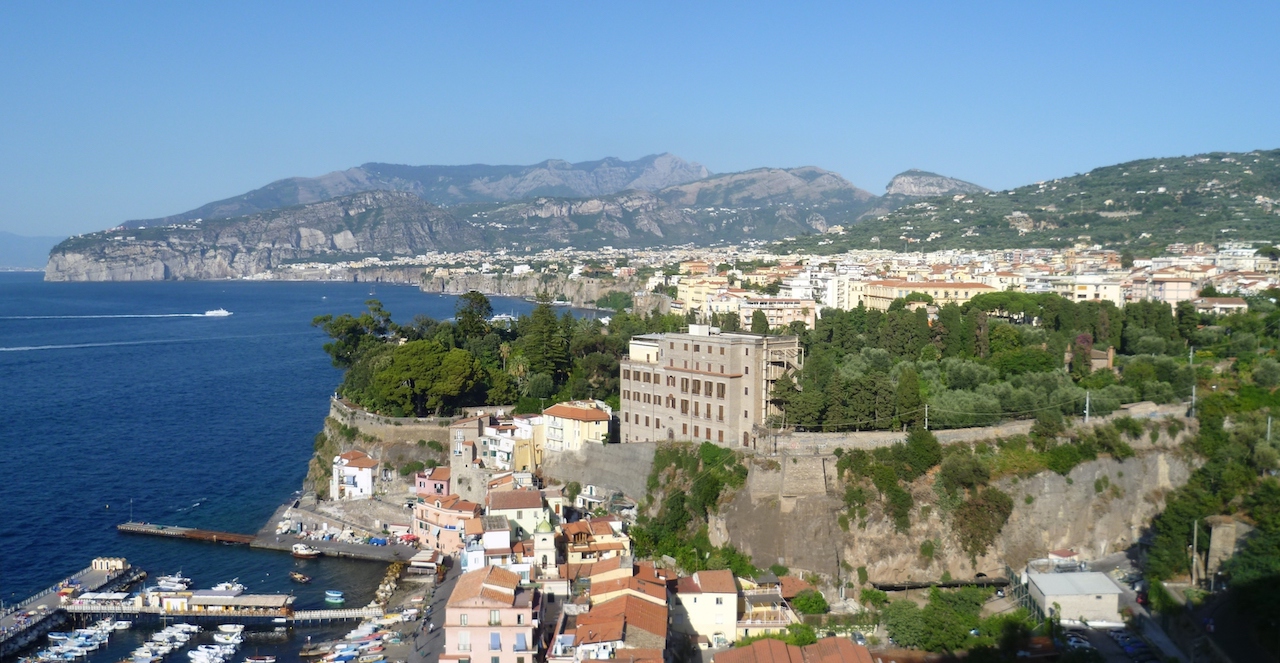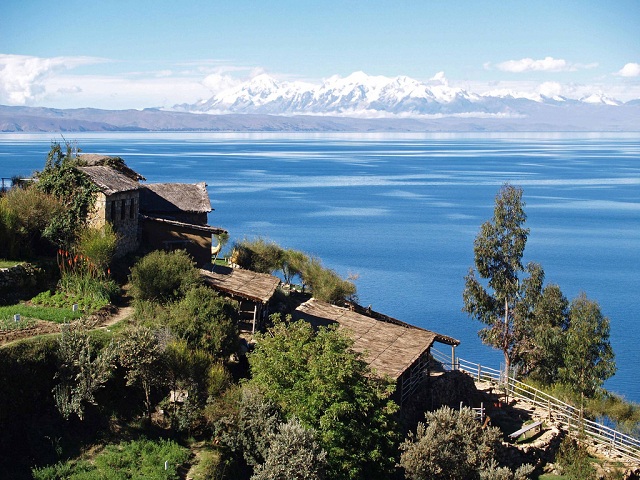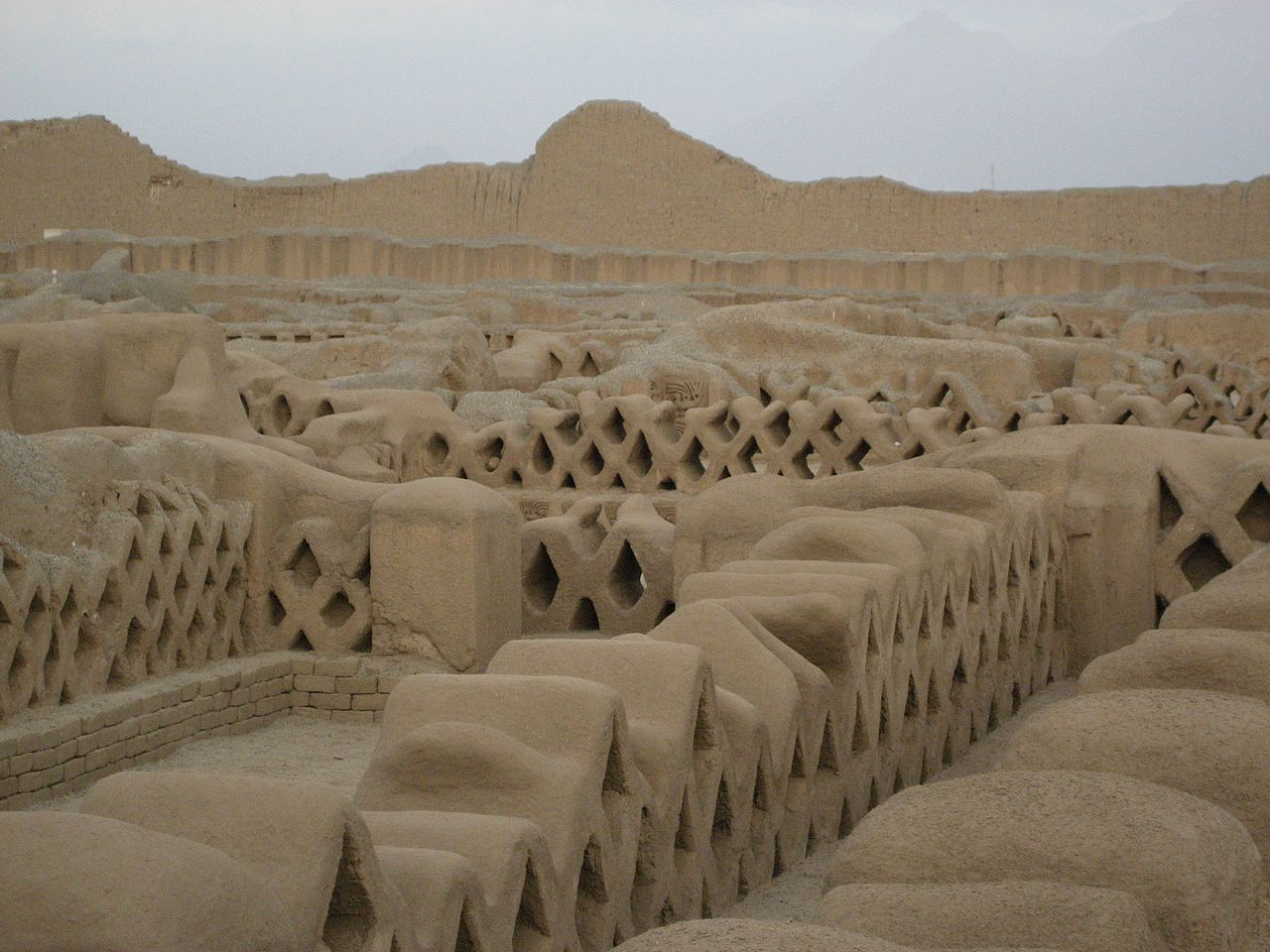
Things to do in Bolivia
 Salar de Uyuni
Salar de Uyuni
The most important thing all tourists need to know, and most don’t until visiting a tour operator, is that the name Salar de Uyuni (or Salt Flats) Tour is a bit misleading. Even though all trips do truly visit the Salt Flats, which is made-up of the best part of the tour that is only part of either a two or three-day trip. This trip is enough in itself, but many people combine it with (and most tours include) a visit to the grotto Galaxy Cave, formed by the explosion of burning lava into a cold lake, and a long way around down to the Laguna Colorada and Laguna Verde nearby the Chilean border. It’s well worth it. The two lakes, in the Eduardo Aboroa Reserve, are a haven for birds and provide some of the most striking scenery when you are in Bolivia travel. Get there in the evening for the complete interesting colorful outcome.
Yungas Road
Yungas Road is one of the most famous activities spots when you are visiting in Bolivia travel with friends. Yungas Road is the exhilarating and death-defying bike ride along one of the world’s most dangerous roads. Enclosed by hilly environment and scary cliffs, the windy road gives 69 kilometers from La Paz to Coroico, joining the Amazonian rain-forest to the capital city. From La Paz, Yungas Road road hikes to everywhere 15,260 feet at La Cumbre pass, earlier slowly descendent to 3,900 feet at the city of Coroico. The fall in height above sea level means explorers experience both chilly situations in the Altiplano high ground and hot moist situations in the rain-forests below. These dangerous situations meant many of the buses and trucks went down the side of the cliffs taking with peoples livelihoods.
 Lake Titicaca
Lake Titicaca
Lake Titicaca is the world’s uppermost controllable lake and the middle of a county where thousands of existence flowerpots eke out an alive casting in its icy waters, mounting potatoes in the stony property at its edge, and North Americans breathless for air; for more about Lake Titicaca just refer Bolivia travel guide. It is also where traces of the rich pre-Hispanic past still stubbornly cling, resisting in past centuries the Spanish conquistadors’ aggressive campaign to erase Inca and pre-Inca cultures and, in recent times, the lure of modernization. It might at first appear austere, but ancient holidays are marked with riotous celebrations where elaborately costumed processions and brass bands start a frenzy that lasts for days.
Isla Incahuasi
Isla Incahuasi is a rocky outcrop of land in the middle of Salar de Uyuni at an elevation of 11,995 feet above mean sea level. Isla Incahuasi is situated in the Potosi and Oruro sections in southwest Bolivia, nearby the top of the Andes. The path to reach the island is salt made. It’s also known as Inkawasi or Inka Wasi. Salar de Uyuni is a 10,500 sq.km sized salt lake inwardly Bolivia, the world’s largest of its kind and you can drive on it. The white ocean of salt is edged in by the Andes Peaks and expressions like new snow that’s not yet been troubled by paths. The world’s biggest salt flat is strictly not a road, but motivating here is absolutely amazing; if you want to know more facts about IsIa Incahuasi refer Bolivia travel guide for more information.
Torotoro National Park
The Torotoro National Park is one of the most attractive Parks in Bolivia. Don’t miss to visit Torotoro National Park when you are in Bolivia travel with your family or friends. The village of Torotoro is located on a small plain surrounded by mountain ranges of Huayllas and Condor Khaka. 138 kilometers from the town of Cochabamba, Torotoro keeps still its royal attraction and architecture. Torotoro is an area suitable for paleontology, archeological and cultural studies and research because of its richness in remains, dinosaur ways and skeletons. The park has more than 1000 species of plants as well as a great diversity of fauna. Visit spectacular places like the Grand Canyon and the Vergel, Dinosaurs tracks, Umajalanta Cave, Natural stone bridges, Cave paintings, and Museum of stone “Pachamama Huasi”.
You May Also Like

The Ultimate Guide to Using Award Hacker for Travel Hacking
May 8, 2023Four Foods I want to Make in their Home Countries – Part 2
May 29, 2013


